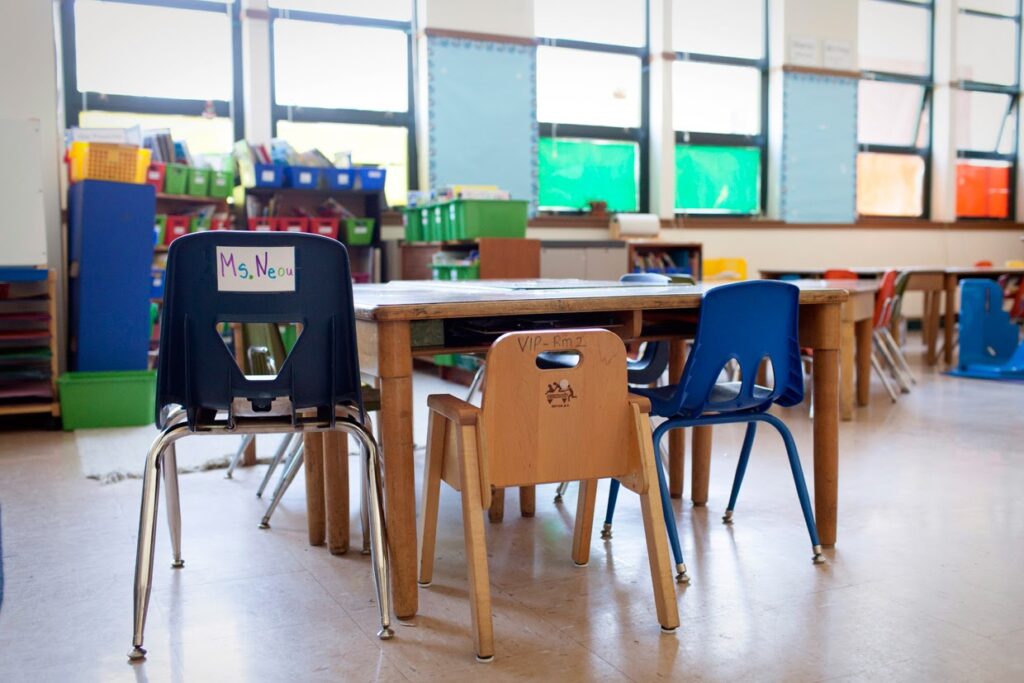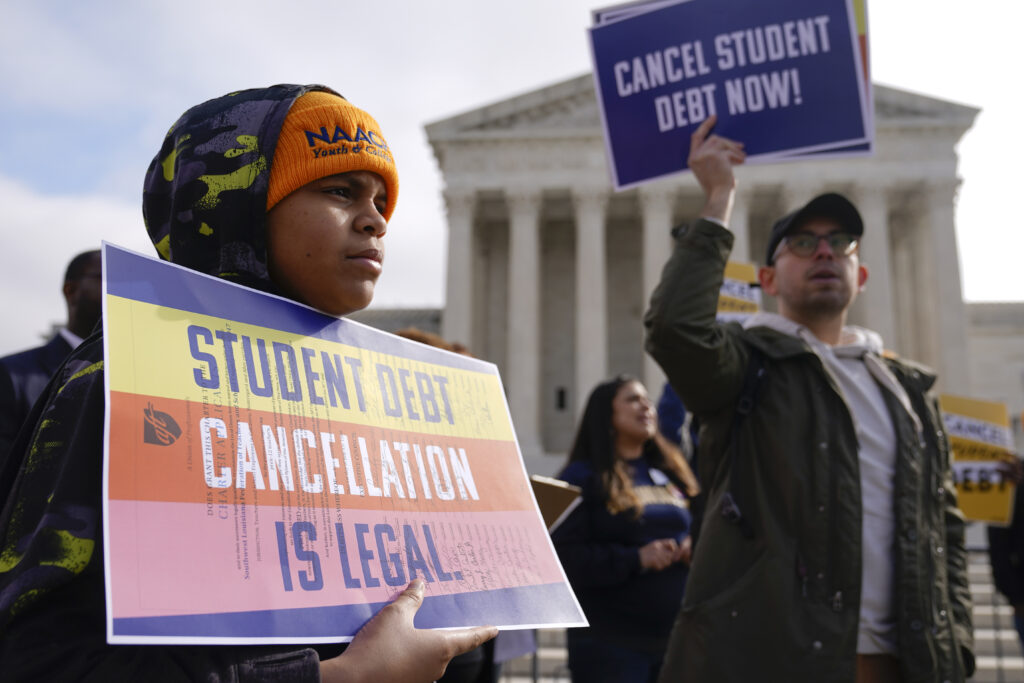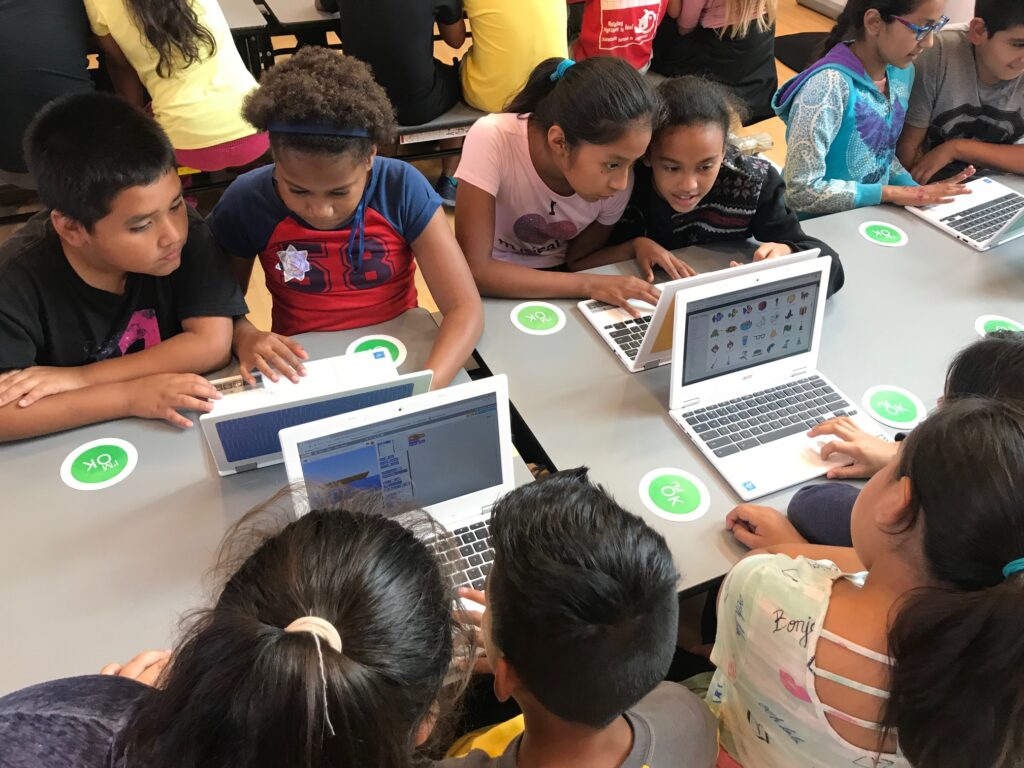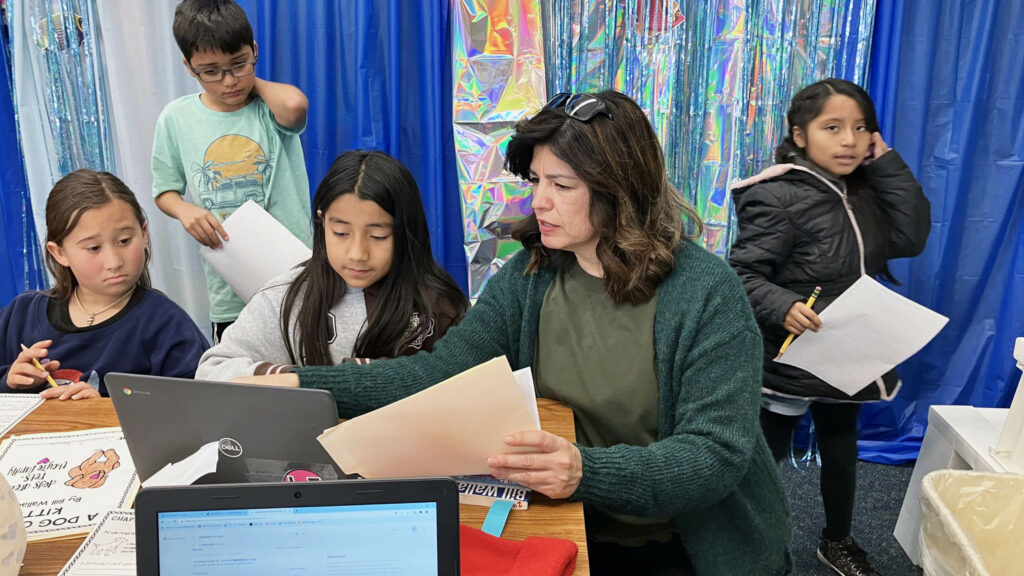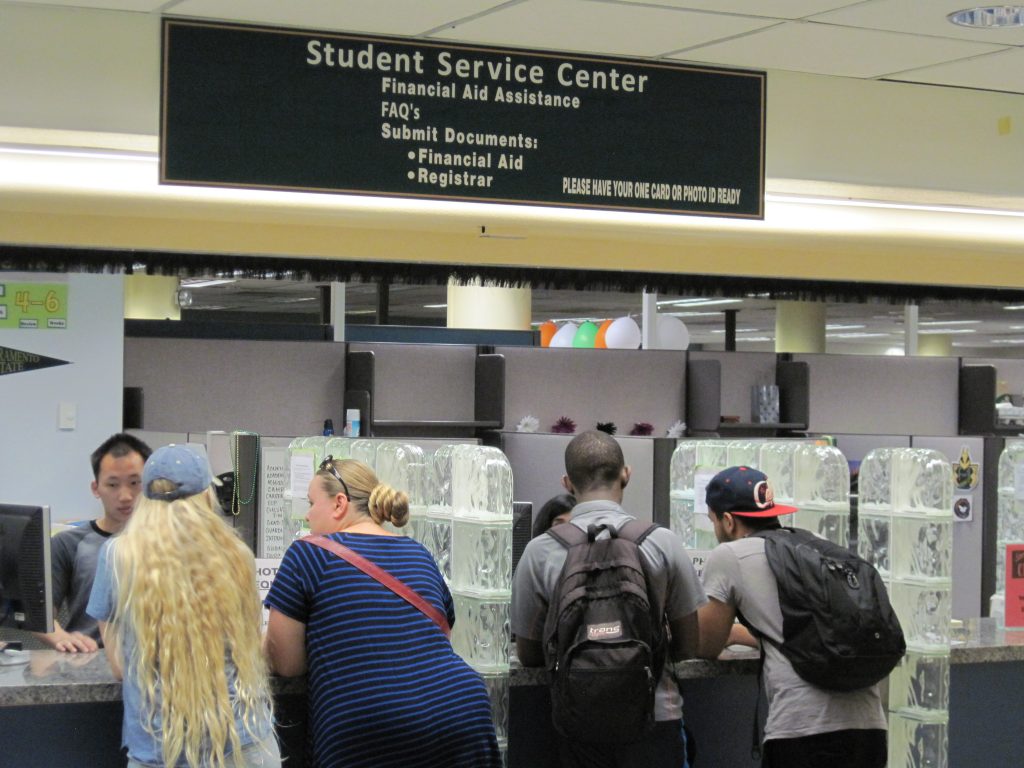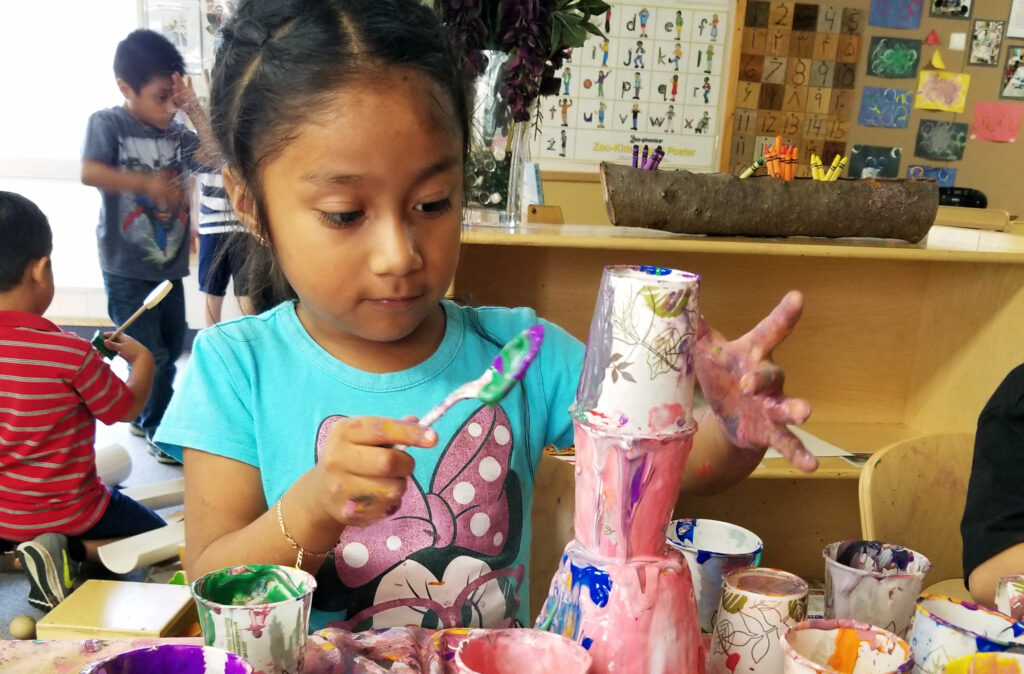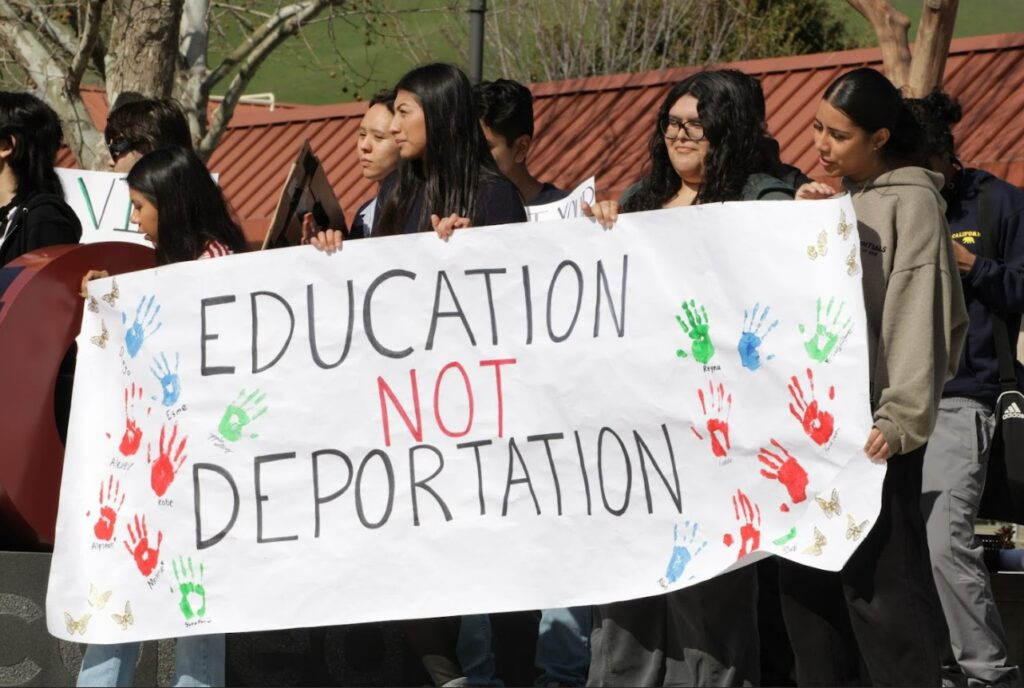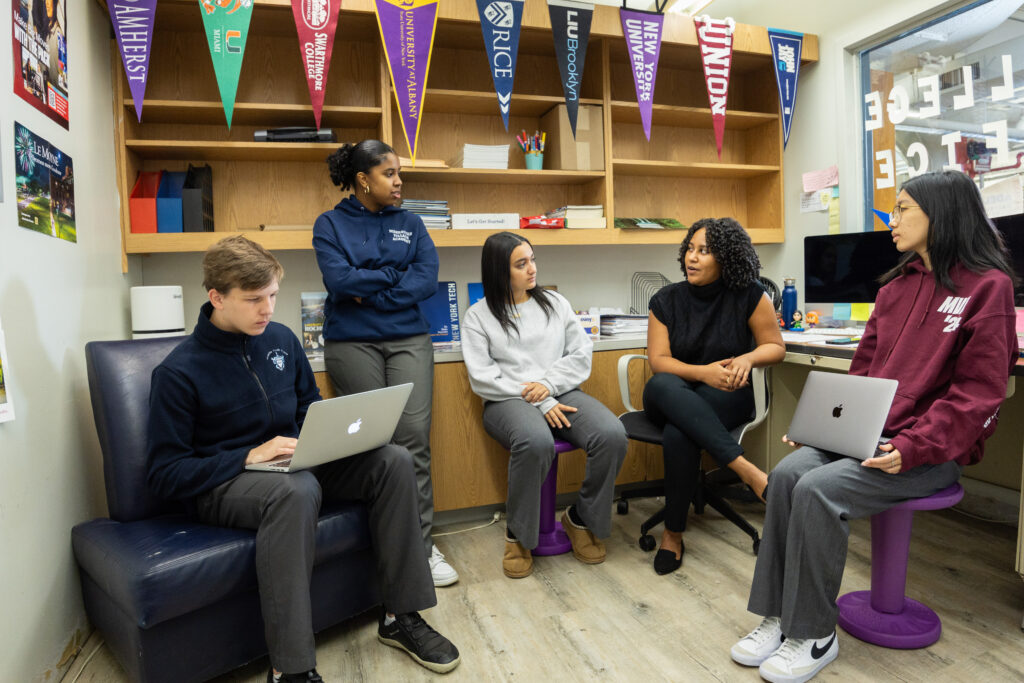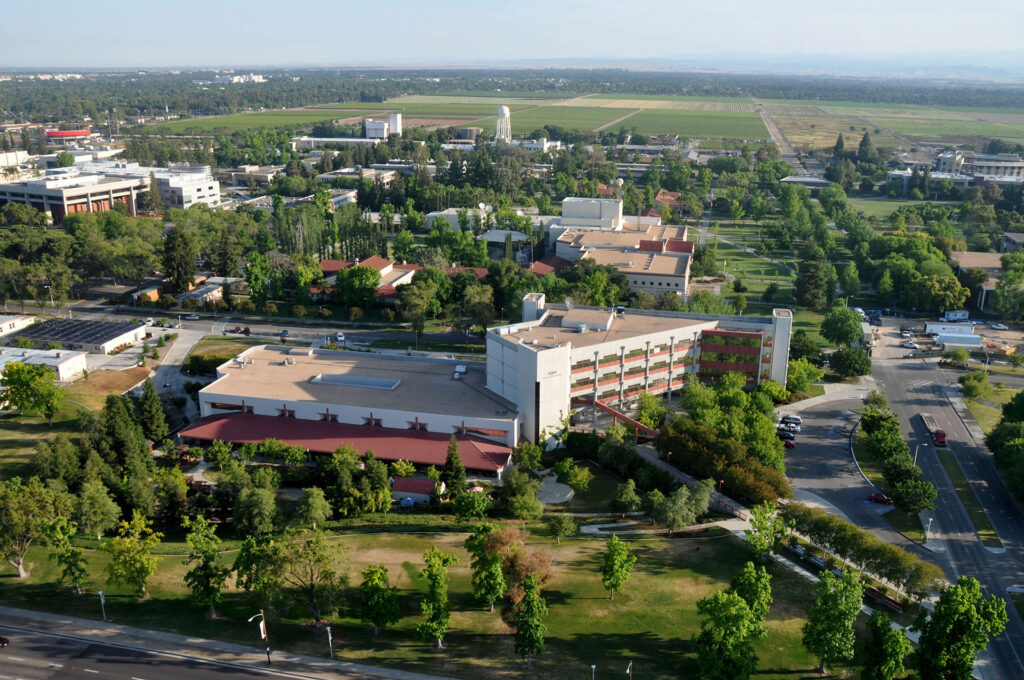
Fresno State University
Credit: fresnostate.edu
Thanks to a new program, thousands of students across the central San Joaquin Valley will receive college and career prep throughout their entire high school career and a guarantee that, once they graduate, they’ll have a spot at Fresno State, one of the California State University campuses.
Through Fresno State’s Bulldog Bound Program, students at more than 20 school districts, including the state’s third-largest, Fresno Unified, will get a guaranteed spot at the university, if students meet the minimum graduation requirements, as well as guidance each year of high school.
“We know that Bulldog Bound will completely change how we see and truly live what it is to have a college-bound culture in our (school) system,” said Misty Her, Fresno Unified deputy superintendent, during the Aug. 23 board meeting discussing the program.
“This says to all of our students that we believe in you, that we will cultivate and build your greatest potential, and that as soon as you enter our system, college is already an option for you.”
Jeremy Ward, assistant superintendent for college and career readiness for Fresno Unified, said that while guaranteed admission to Fresno State is the chief “promise” of the program, all students will receive support, resources and tools to be successful Fresno State Bulldogs.
All students — starting in the ninth grade and every year until they graduate — will reap the benefits of the program.
“I believe that Bulldog Bound is going to prepare (students) not just for the requirements for getting into college but into careers,” said Phong Yang, interim associate vice president for strategic enrollment at Fresno State.
The university started the program to ensure students in the Central Valley have a “clear, tangible path” to a college degree.
Throughout much of the Central Valley, less than 25% of adults age 25 or older earned a bachelor’s degree, according to 2020 education and labor statistics. Specifically, 22% in Fresno County hold a bachelor’s degree; 15% have a bachelor’s degree in Kings, Madera and Tulare counties; and 14% earned a bachelor’s degree in Merced County. In comparison, statewide, 35% of adults hold a bachelor’s degree.
The Bulldog Bound program, many believe, can change that by promoting a college-going culture in the region.
“The vision behind Bulldog Bound is that every student gets the same treatment, no matter where you go, no matter where you come from,” Yang said. “You’re going to have the same opportunity.”
The university, Fresno Unified and other school districts launched the initiative in May, but this is the first semester for the program. Here’s what it means for students and families.
What districts are participating?
Fresno State’s partnering school districts are located in Fresno, Madera, Kings and Tulare counties and include: Caruthers Unified, Central Unified, Chawanakee Unified, Clovis Unified, Cutler-Orosi Unified, Firebaugh-Las Deltas Unified, Fowler Unified, Fresno Unified, Gustine Unified, Kerman Unified, Kings Canyon Unified, Kingsburg Unified, Los Banos Unified, Madera Unified, Mendota Unified, Parlier Unified, Porterville Unified, Sanger Unified, Tulare Joint Union High School District, University High School and Visalia Unified.
What can all students, grades 9-12, expect?
High school counselors and Fresno State ambassadors (current students) will lead workshops about the program and the opportunities it will provide. Although the workshops start in ninth grade, the lessons continue throughout students’ high school careers.
Are there any other benefits for ninth graders?
Students will receive a Fresno State ID card and email address. Although the cards will be a different color from the college student ID cards, the cards grant high schoolers access to:
- On- campus privileges, such as library use.
- Student admission rates at sporting events and for food or other items.
In 10th grade?
Students can:
- Participate in campus tours.
- Explore the majors they can study at Fresno State.
- Learn in-person and on-campus during a summer experience at the end of their 10th grade year. During the summer experience, students can take college-prep lessons, learn even more about majors and become familiar with the campus.
In 11th grade?
While continuing to learn from workshops and admission prep, 11th grade students receive:
- Conditional admission.
- Dual enrollment opportunities.
- Summer experience opportunities.
In 12th grade?
As high school seniors in the program, students receive on-the-spot acceptance once they submit their application if they’ve met the graduation requirements.
“That means they’re in,” Ward said. “There’s no waiting, no wondering. They’re a part of the Fresno State Bulldog family.”
Families will also receive early financial aid estimates to plan for the costs of attending.
What do students learn?
Workshops and lessons, which happen each school year, include topics on:
- The Bulldog Bound program and how to be involved.
- Financial literacy, starting in 10th grade.
- Applying for college, starting in 11th grade.
- Scholarship opportunities, starting in 12th grade.
- Building “college knowledge,” as Ward described it.
The program opens the door for Fresno State to engage with and educate students on college and career readiness, many say.
Oftentimes, first-time students are unsure of what career they want to pursue, said Yang, Fresno State’s interim associate vice president for strategic enrollment. With Bulldog Bound, Fresno State will have the opportunity to engage students about their interests early in high school and inform them of the right classes they should take to pursue those interests.
Other than the workshops, admissions prep and campus tours, students will learn about college life from current students. Fresno State uses a team of student ambassadors, many of whom are from the local Fresno area, according to Yang.
“That is, by far, one of the most effective ways for students to see their potential in going to college because they see individuals like themselves coming from the neighborhood, coming back and sharing their experiences,” he said.
What do students need to do?
Students sign a Fresno State agreement in ninth grade. In Fresno Unified, students are automatically a part of the program, but families can choose to opt out.
What are the graduation requirements to obtain guaranteed admission?
Students must meet the minimum California State University A-G course requirements. Once in the 12th grade, they apply for and are granted admission to Fresno State.
What could be the impact?
Not only does the program guarantee admission, but it also provides “knowledge for (even) a ninth grade student to know, to plan, to prepare” for that acceptance and admission, Ward said.
Claudia Cazares, a Fresno Unified board member, said, “I think it’s opening the eyes of many of our students who hadn’t considered that as an option.”

